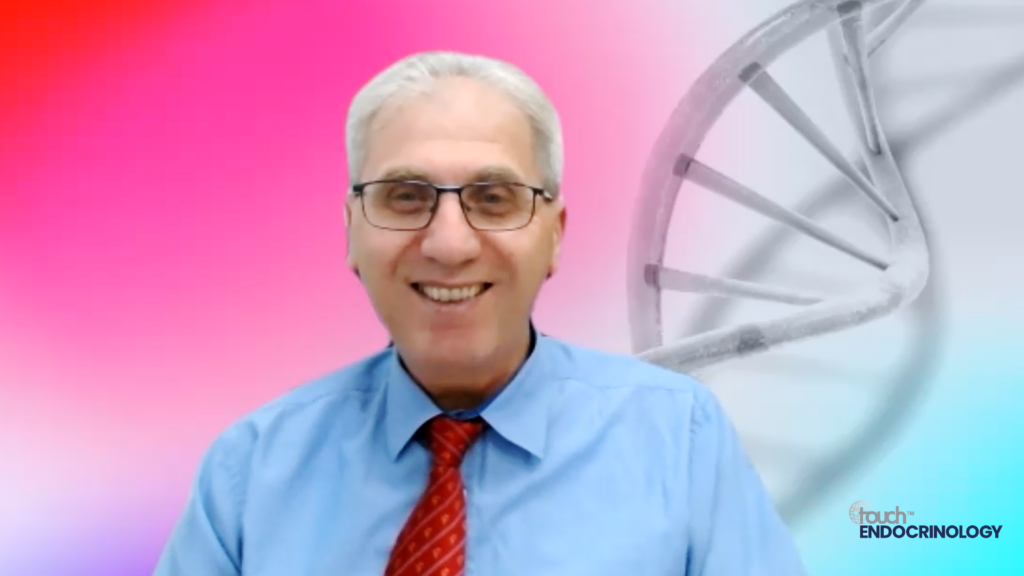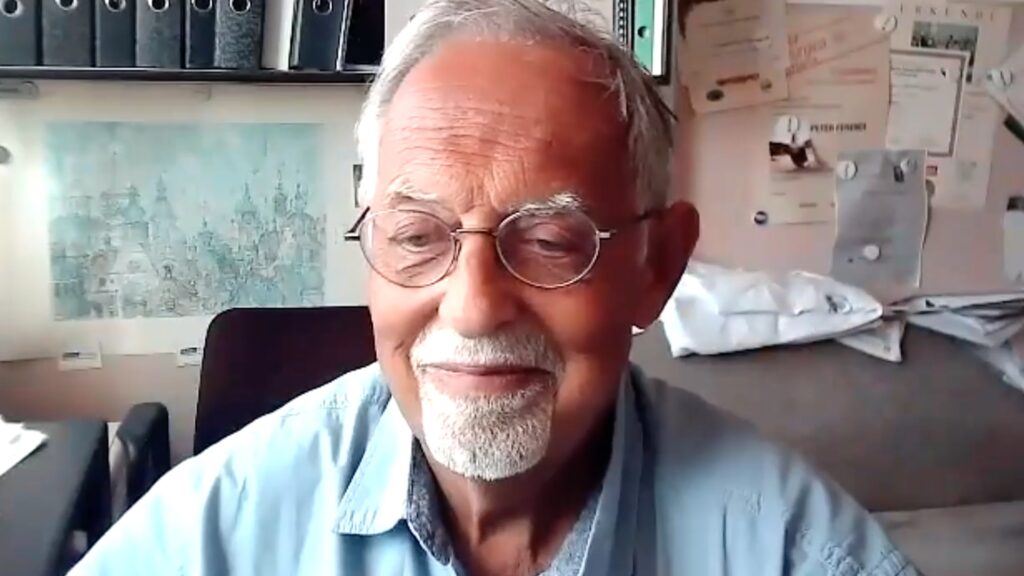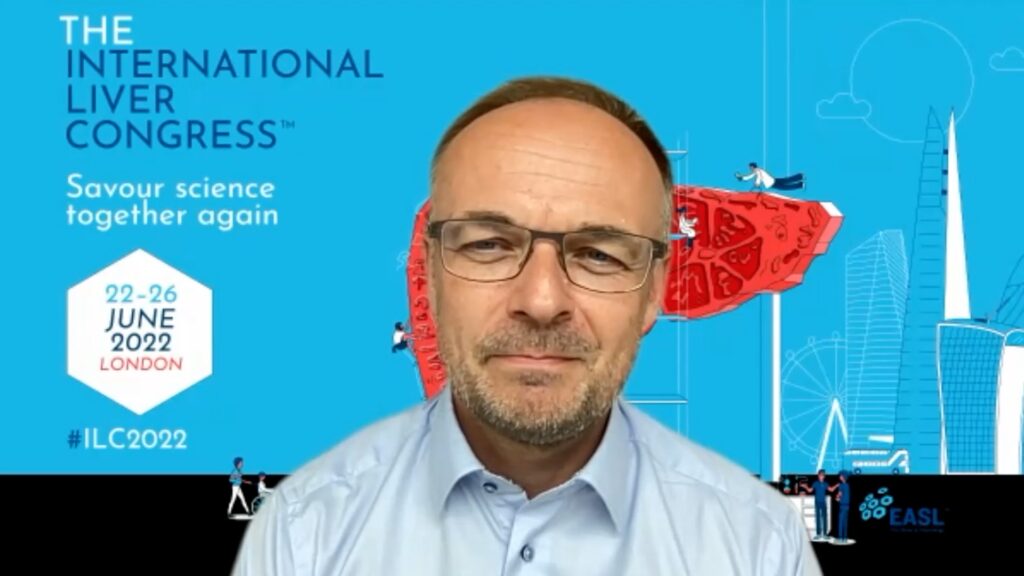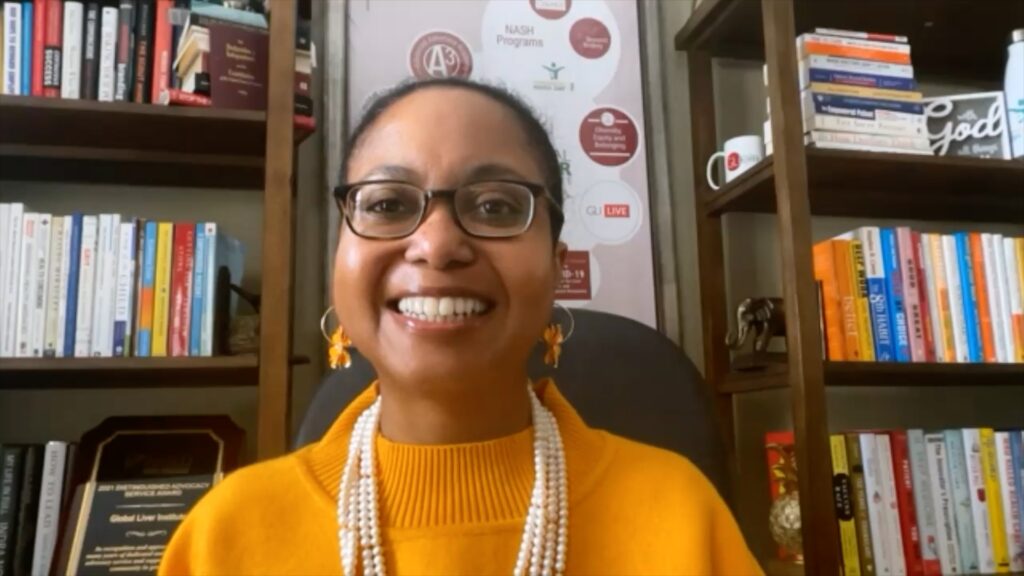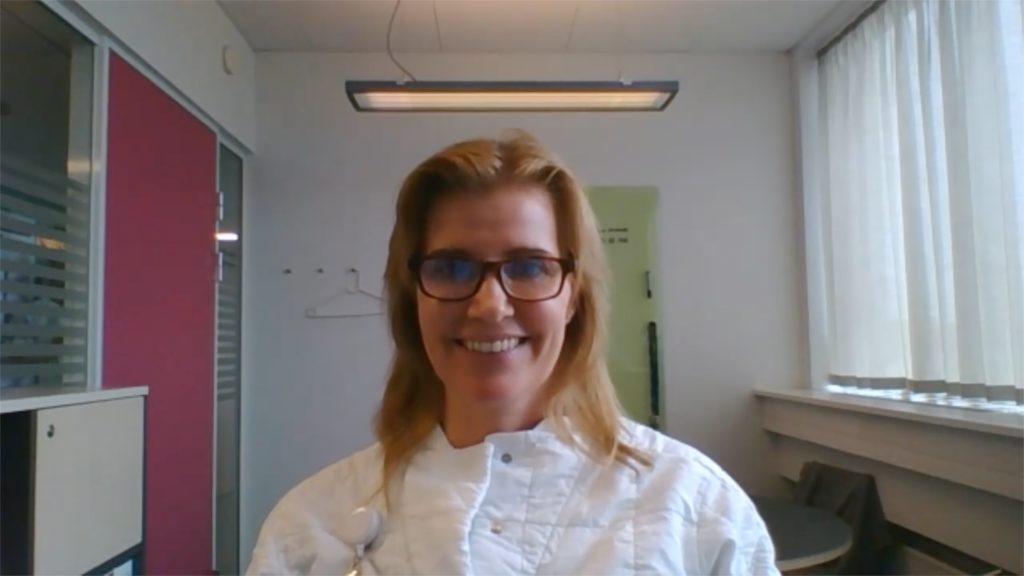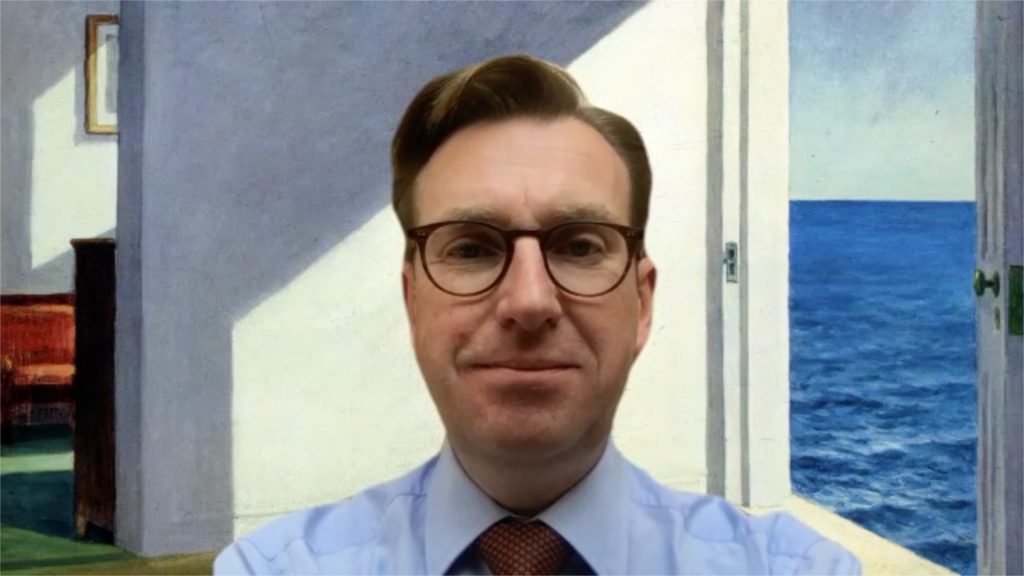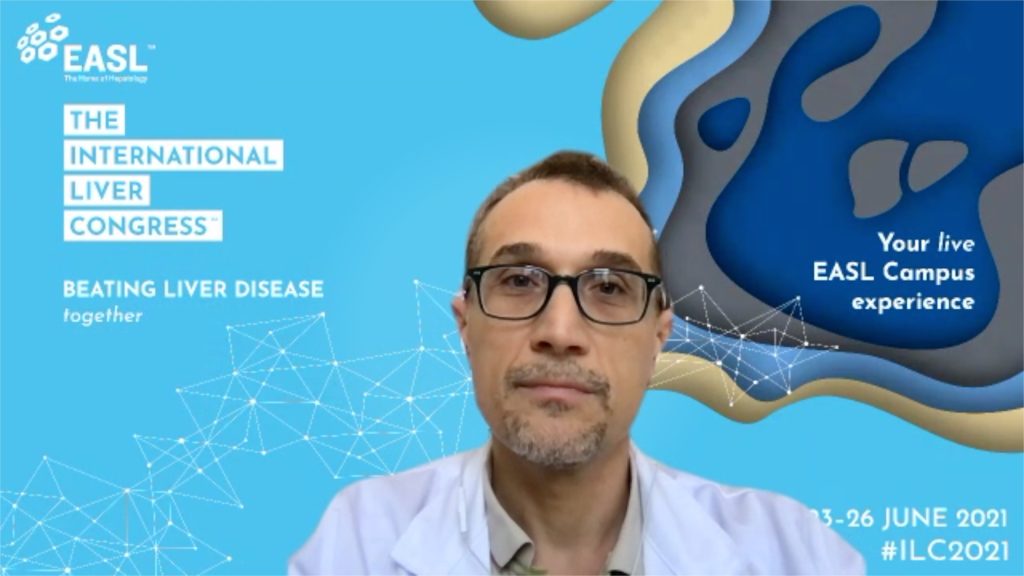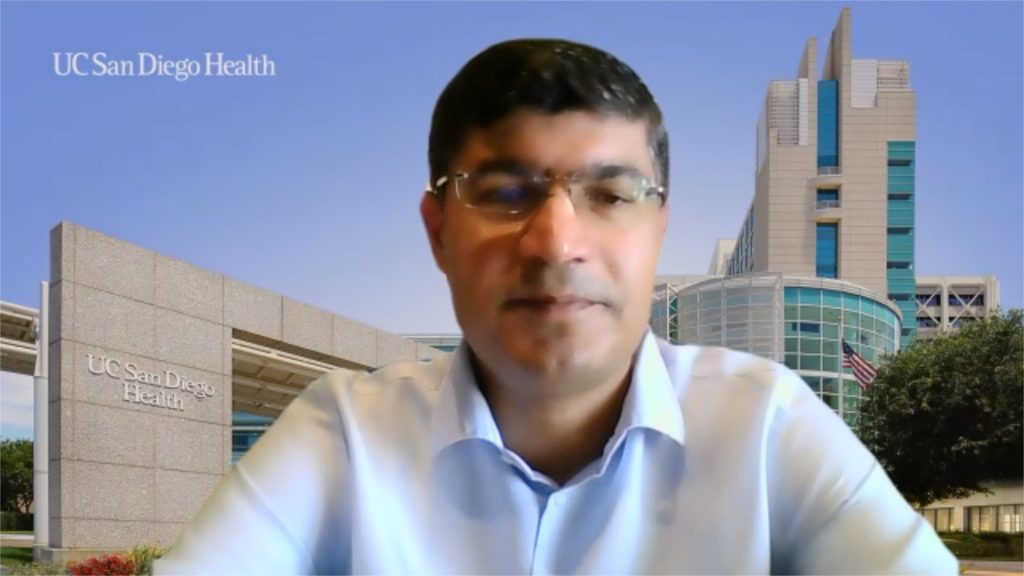In this recent video interview hosted by Sarah Manes, Liver Cancers Program Director at the Global Liver Institute (GLI), medical experts from the USA, Cameroon and Mexico came together to address the significant health disparities in rural communities. The discussion featured Dr Andrew Moon of the University of North Carolina, Dr Mbinake Livancliff of the Empower Women Foundation and Dr Jorge Emilio Lira Vera from Hospital Central ‘Dr Ignacio Morones Prieto’. Together, they explore the unique challenges facing rural populations and shared innovative strategies to improve liver health outcomes in underserved areas.
The challenge of rural liver health
Liver disease is on the rise globally, and rural communities are disproportionately affected due to systemic barriers, limited healthcare access, and social stigma. In the USA, Dr Moon highlighted the persistent challenges in combating hepatitis B and C, despite the success of vaccination programs. Hepatitis C, in particular, remains underdiagnosed due to inadequate access to screenings and treatments in rural areas. Additionally, alcohol-associated liver disease (AALD) has worsened post-pandemic, as increased alcohol consumption continues to strain rural healthcare systems. Metabolic dysfunction-associated steatotic liver disease (MASLD), fueled by rising obesity and diabetes rates, has also emerged as a growing concern.
In Mexico, Dr Lira Vera emphasized the late-stage diagnoses of liver diseases, such as hepatocellular carcinoma, due to limited healthcare resources in rural regions. Alcohol-related liver disease is particularly prevalent, exacerbated by widespread misconceptions about traditional alcoholic beverages. Furthermore, social stigma surrounding conditions like cirrhosis prevents many individuals from seeking timely medical care, leading to worse outcomes.
In Cameroon, Dr Livancliff described the immense geographical and logistical barriers rural populations face when accessing care. Patients often have to travel great distances to reach treatment centers for hepatitis, delaying critical diagnoses and care. Refugees and internally displaced persons (IDPs) face additional hurdles, including heightened social stigma and a lack of sufficient healthcare resources, further compounding the challenges.
Strategies for addressing disparities
To tackle these issues, the experts presented a range of innovative and practical solutions tailored to the needs of rural populations. In the USA, Dr Moon emphasized the importance of expanding hepatitis C screenings and promoting early detection efforts. While telemedicine offers a potential solution to reach remote areas, its success is hindered by limited broadband access. Increasing the number of healthcare providers equipped to deliver multidisciplinary care for liver diseases is another critical step in improving outcomes.
Dr Livancliff outlined efforts in Cameroon to overcome barriers to care through vaccination and free hepatitis screening campaigns. Community engagement has also played a significant role, with traditional healers being enlisted to raise awareness and break cultural barriers to treatment. Additionally, the “Know, Reach, Receive” (KRR) model has been instrumental in improving healthcare accessibility and provider training in underserved regions.
In Mexico, Dr Lira Vera’s clinic has focused on training doctors to use cost-effective ultrasound technology to detect liver lesions at earlier stages. Public education campaigns aimed at increasing awareness of the risks associated with alcohol consumption and obesity are central to prevention efforts. Telemedicine also holds promise in improving access to care, but diagnostic infrastructure in rural Mexico remains a challenge.
A path forward
The discussion underscored the disproportionate burden of liver disease in rural areas. Geographic barriers, healthcare inequities, and stigma contribute to poorer outcomes, but effective strategies are being implemented to address these challenges. Screening programs, vaccination campaigns, telemedicine initiatives, and public education efforts are proving critical in improving liver health.
Most importantly, the experts emphasized the need for collaboration across disciplines and borders. Addressing liver disease in rural communities will require global efforts to increase healthcare access, train more providers, and raise awareness. As liver disease continues to rise worldwide, this conversation offers a vital roadmap for improving outcomes in underserved populations and advancing health equity.
Key takeaways
- Rural areas face higher liver disease burden: Geographic and healthcare barriers, rising risk factors (alcohol, obesity), and social stigma contribute to poorer liver health outcomes in rural populations.
- Effective strategies are being implemented: Experts are focusing on expanded screenings, telemedicine, vaccination campaigns, and community education to address the disparities.
- Collaboration is key: Success relies on multidisciplinary efforts and international collaboration to improve healthcare access, raise awareness, and train more healthcare providers to tackle liver disease in rural areas.
Disclosures: This video was provided to touchENDOCRINOLOGY by the Global Liver Institute (GLI). No fees or funding were associated with this short publication.
Video: © 2024. Global Liver Institute.
Acknowledgement: Editorial Assistance was provided by Joey Heywood at Touch Medical Media.


